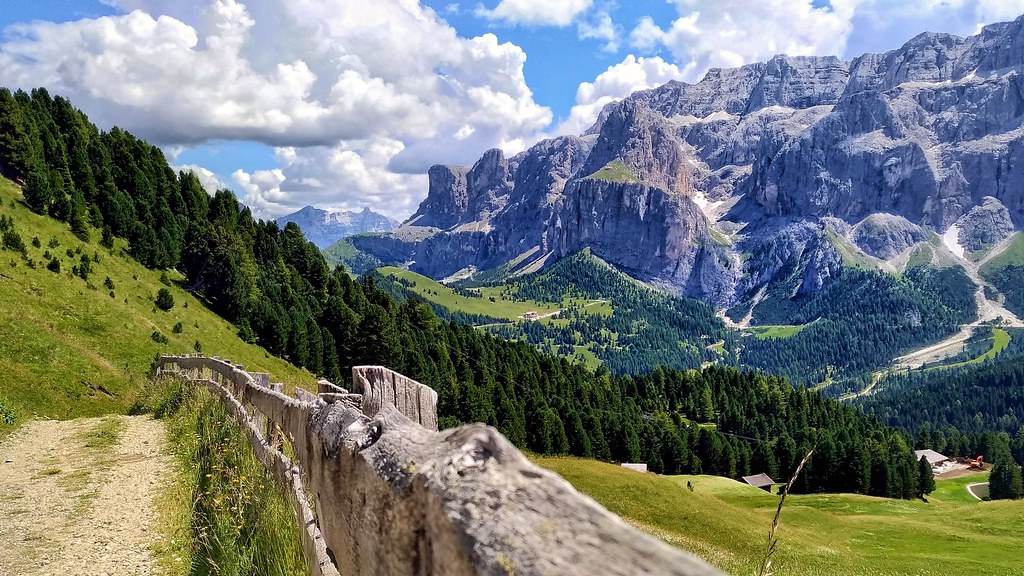#wolkenstein
Text
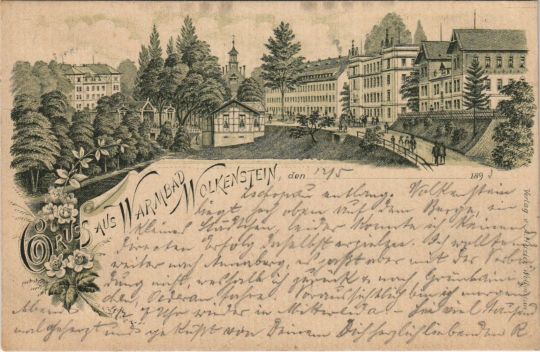
Greetings from Wolkenstein, Saxony, Germany
German vintage postcard, mailed in 1892
#vintage#saxony#photography#postkarte#carte postale#postal#wolkenstein#briefkaart#postcard#1892#old#german#germany#photo#ansichtskarte#sepia#postkaart#ephemera#mailed#tarjeta#greetings#historic
4 notes
·
View notes
Photo
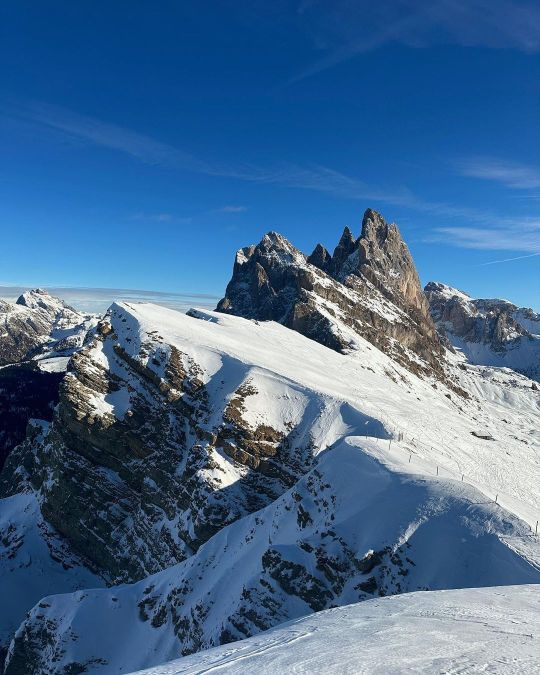
Merry Christmas 🎁🎄. Today was again a beautiful day for skiing ⛷️. #merrychristmas🎄 #skiing #skilife #valgardenadolomites #valgardena #seceda #saslong #geisslerspitzen #langkofel #selva #wolkenstein #landscape #landscapephotography #aussichtgenießen #aussicht #alps #dolomiten #dolomitesunesco #dolomites #southtyrol #southtirol #italy #berge #passionforhiking (hier: Val Gardena - Dolomiti) https://www.instagram.com/p/CmjncgDD4-2/?igshid=NGJjMDIxMWI=
#merrychristmas🎄#skiing#skilife#valgardenadolomites#valgardena#seceda#saslong#geisslerspitzen#langkofel#selva#wolkenstein#landscape#landscapephotography#aussichtgenießen#aussicht#alps#dolomiten#dolomitesunesco#dolomites#southtyrol#southtirol#italy#berge#passionforhiking
3 notes
·
View notes
Text
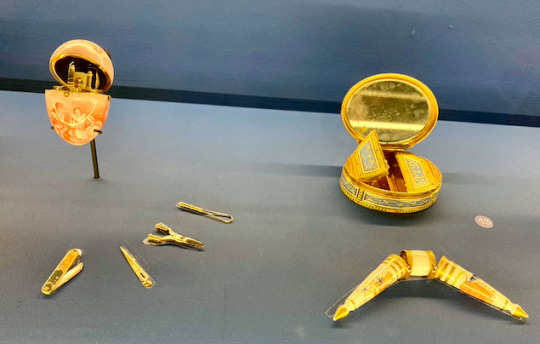
“Etui-Nécessaire en Forme d'Oeuf" attribué à Joseph Wolkenstein en or, émail, bois, ivoire et peinture sur émail (XVIIIe-XIXe siècles), "Boîte à Mouches" anonyme en or, émail, paillons d'or et miroir (circa 1789-95) et "Vinaigrette Double" anonyme en or, porcelaine et diamants (circa 1790) à l'exposition “Luxe de Poche - Petits Objets Précieux au Siècle des Lumières” au Musée Cognacq-Jay, avril 2024.
1 note
·
View note
Text

HEINZEBANK - a part of city Wolkenstein, Germany.
0 notes
Video
On the track (#23 explore 9-Aug-2022) by Davide Terragni
#squirrel#autumn#trekking#hiking#cold#mountains#vacations#TOPIC#wolkenstein#war#work#naturephotography#winter#video#nature#lover#shadow#ship#landscapephoto#peace#holidays#landscape#photography#girls#night#pets#perspective#wind#winner#wings
0 notes
Text
Pfingsten mit der Preßnitztalbahn erleben
Pfingsten mit der Preßnitztalbahn erleben
AKTION Programmspaß für Jung und Alt, aus Blick.de
https://www.blick.de/erzgebirge/pfingsten-mit-der-pressnitztalbahn-erleben-artikel12210516
Pfingsten bei der #Preßnitztalbahn ist immer ein ganz besonderes Erlebnis. Nach langer Pause kann nun in diesem Jahr endlich wieder ein tolles Fest starten. “Freuen darf man sich vor allem auf den #Zugbetrieb von vier verschiedenen Zuggarnituren und fünf…
View On WordPress
#Aussichtswagen#Bahnhofsfest#Dampflokomotiven#Dampfzugfahrten#Erzgebirgsbahn#Fahrzeuggarnitur#Festgelände#Jöhstadt#legendäre#Preßnitztalbahn#Steinbach#Wolkenstein#Zugbetrieb
0 notes
Photo
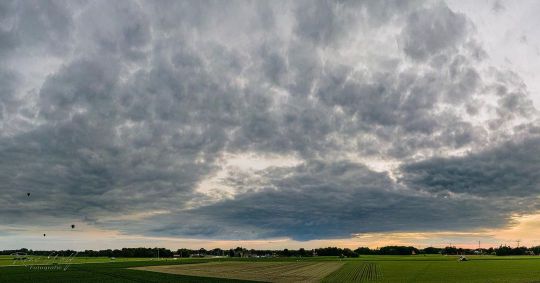
Avond op de Usseleres #weerfoto #enschede #wolkenstein #rtvoostweer (at Usseler Es) https://www.instagram.com/p/CeMd1B6sTgX/?igshid=NGJjMDIxMWI=
0 notes
Text

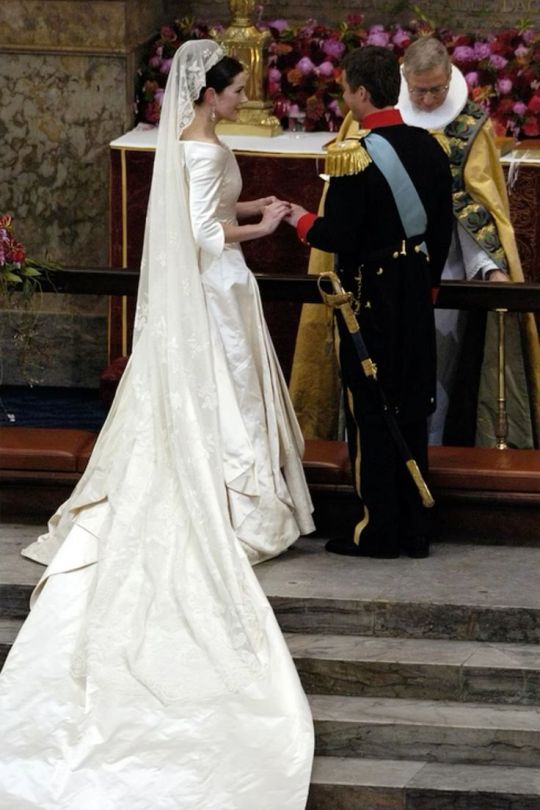


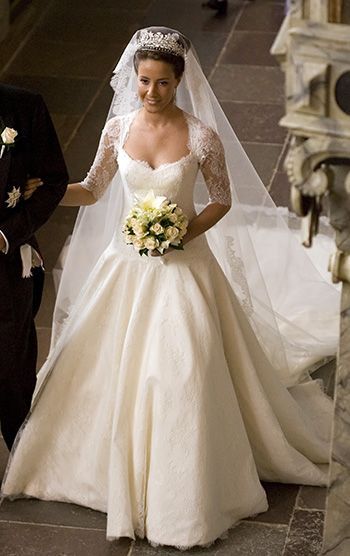
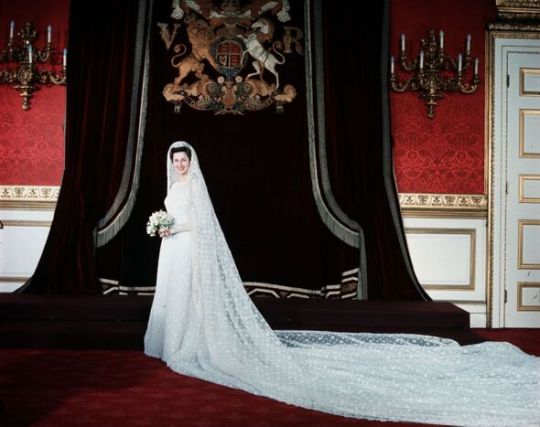
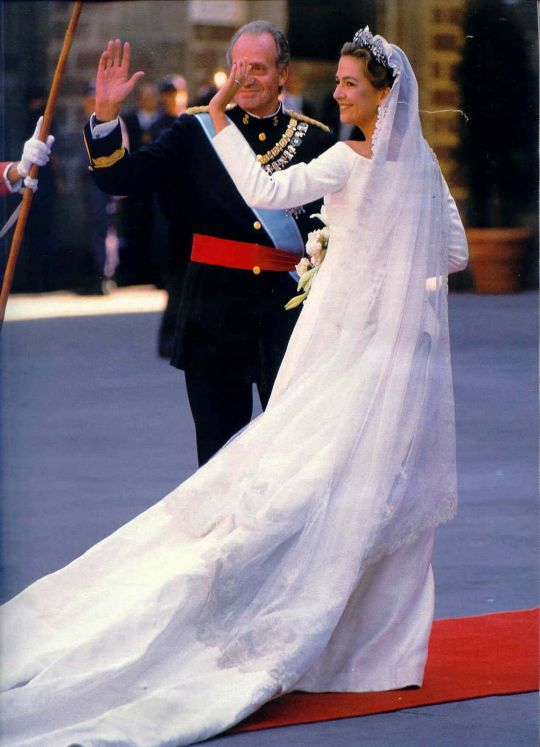
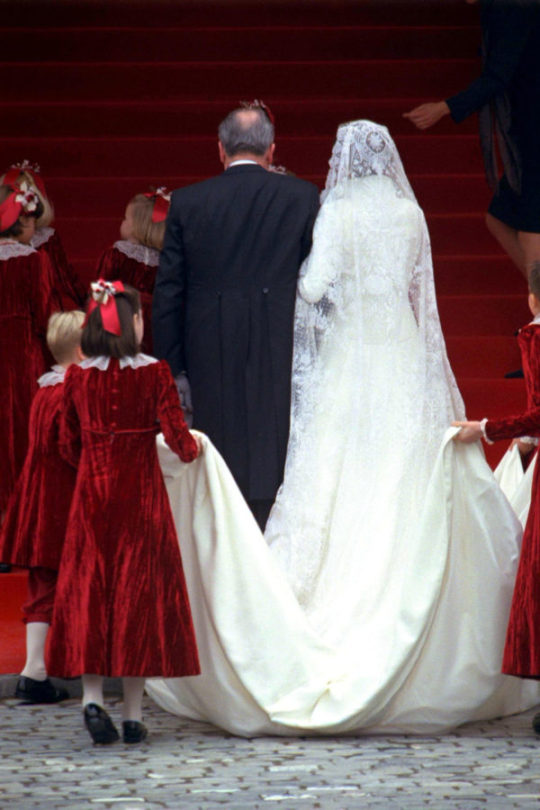
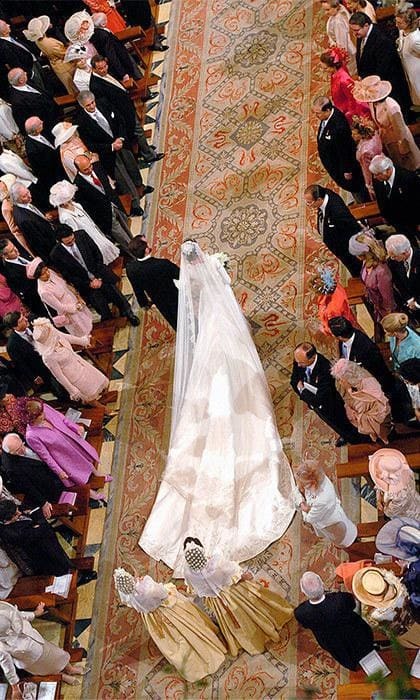

My 28 favorite royal bridal veils in no specific order, part 2.
#princess iman#princess iman bint abdullah#queen mary#queen mary of denmark#queen elizabeth#queen mother#princess grace#grace kelly#princess marie#princess marie of denmark#princess alexandra#princess alexandra of kent#infanta cristina#queen mathilde#queen letizia#elisabetta von wolkenstein#royal fashion#fashion#royal weddings
9 notes
·
View notes
Text
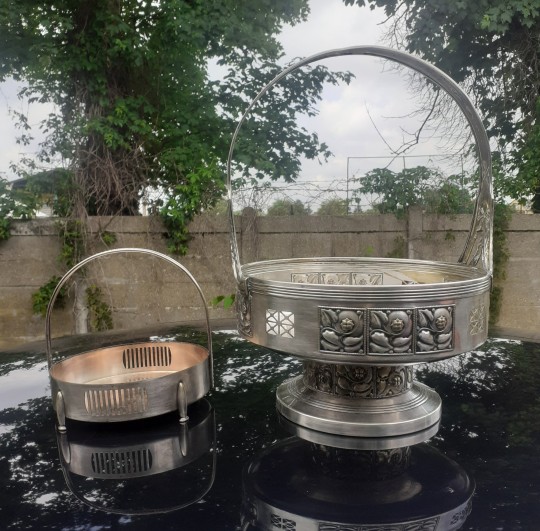
Hans Ofner / Josef Emanuel Margold
12 notes
·
View notes
Text
Buxheimer Orgelbuch - I
Anonimi (sec. XV): 7 composizioni dal Buxheimer Orgelbuch. Ton Koopman all’organo del triforio della Cattedrale di Metz.
Praeambulum super G
Kyrie Angelicum [0:58]
Wolhin lass vögelin sorgen [4:38]
Benedicite [5:38]
Wach uff myn Hört (da Oswald von Wolkenstein) [8:56]
Annabasanna [10:24]
Luffile [12:29]
🇮🇹 Buxheimer Orgelbuch significa libro (Buch) per organo (Orgel) di Buxheim: si tratta di…
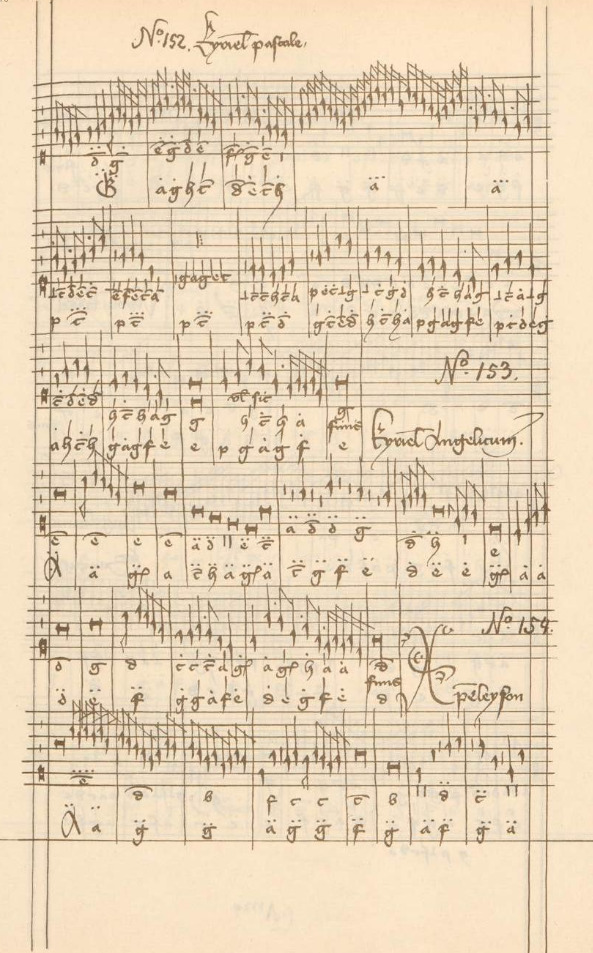
View On WordPress
0 notes
Text
FREE MUMIA NOW! BOOK LAUNCH & PANEL
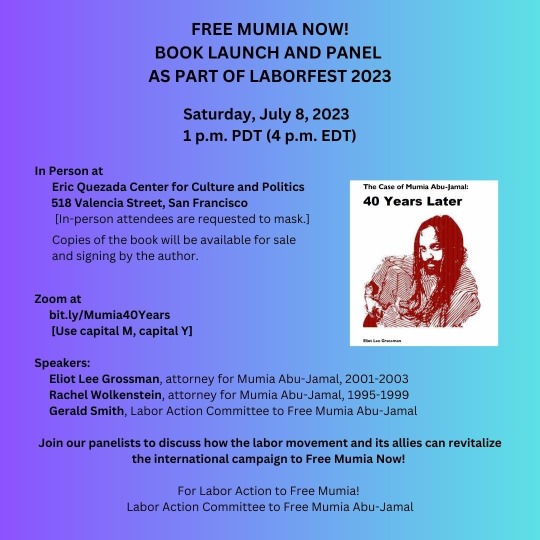
View On WordPress
#518 Valencia Street#African/Black experience#Afrikan#Black Panther Party#BPP#Eliot Lee Grossman#Eric Quezada Center for Culture & Politics#Free Mumia Abu Jamal#freedom#Gerald Smith#J. Michael Farrell#Jonathan Piper#LABOR ACTION COMMITTEE TO FREE MUMIA ABU-JAMAL#LAC#Marlene Kamish#Nick Brown#Partisan Defense Committee#protest#Rachel Wolkenstein Esq.#racial profiling#racism#revolutionary#The Case of Mumia Abu-Jamal: 40 Years Later#War on Afrikans
0 notes
Text
youtube
Oswald von Wolkenstein - Es fügt sich
0 notes
Text
Pentiment: “My new song must float like a feather on the breath of God”
A playlist featuring the original early modern pieces that inspired Alkemie's arrangements, compiled in order of appearance.
O virtus sapientiae - Hildegard von Bingen
Do fraig amors (arr. M. Lewon for vocal ensemble) - Oswald von Volkenstein
Ich stund an einem Morgen - Ludwig Senfl
Fortuna desperata - Ludwig Senfl
Victimae paschali laudes - attrib. Wipo of Burgundy
Quia ergo femina - Hildegard von Bingen
Tels rit au main - Guillaume de Machaut
Fortuna, Bruder Conrad - Heinrich Isaak
Fortuna desperata - Antoine Busnois
Karitas habundat - Hildegard von Bingen
Saltarello No. 2 - Anonymous
Pavane 'Mille Regretz' - Tylman Susato
L'homme armé - Anonymous
Herz, prich - Oswald von Wolkenstein
Nymphes des bois/La déploration de Johannes Ockeghem - Josquin des Prez
Ellend du hast umbfangen mich - Anonymous
In dulci jubilo (arr. Robert de Pearsall) - attrib. Heinrich Seuse
Quis dabit capiti meo aquam - Heinrich Isaak
Listen on Spotify
#pentiment#.txt#come get yall JUICE#hildegard quote as the title. tehe for men#btw people probably already know this but many of the songs were combined in arrangements or repeated in variations#e.g. andreas' main 'theme' is essentially the fortuna desperata melody#i forgot how slow tels rit au main normally is. i'm sorry to say... i prefer alkemie's arrangement#songs to run away from gay people to [you are also gay]
100 notes
·
View notes
Text

Rudolf Höckner (Wolkenstein 1864 - Bad Mergentheim 1942)
Hamburg Street Scene 1903
Oil on canvas
Stahl Auctions
25 notes
·
View notes
Text
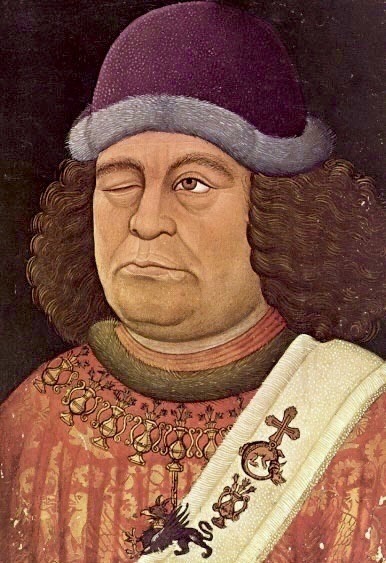
Portrait of Oswald von Wolkenstein (poet, composer, and diplomat) by an unknown artist, 1432
8 notes
·
View notes
Text
Deutschribing Germany
Literature
Middle Ages (5th-15th centuries)
Medieval German literature can be divided into two periods: Old High German literature (8th-11th centuries) and Middle High German literature (12th-14th centuries). The only surviving works from the first period are the Hildebrandslied (Lay of Hildebrand), which is the earliest poetic text in German and tells of the tragic encounter in battle between a father and a son, and Muspilli, which deals with the fate of the soul after death and at the Last Judgment.

Middle High German literature saw a 60-year golden age known as mittelhochdeutsche Blütezeit, in which lyric poetry in the form of Minnesang—the German version of courtly love—blossomed thanks to poets such as Walther von der Vogelweide and Wolfram von Eschenbach. Another important genre during this time was epic poetry, of which the most famous example is the Nibelungenlied (The Song of the Nibelungs), which narrates the story of prince Siegfried and princess Kriemhild, among other characters.
Renaissance (15th-16th centuries)
Early New High German literature includes works such as Der Ring (The Ring) by Heinrich Wittenwiler, a 9,699-line satirical poem where each line is marked with red or green ink depending on the seriousness of the material, and Das Narrenschiff (Ship of Fools) by Sebastian Brant, a satirical allegory that contains the ship of fools trope.
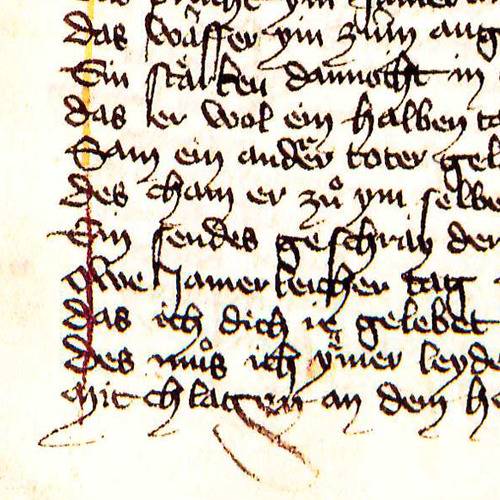
Other important authors are satirist and poet Thomas Murner, humanist Sebastian Franck, and poets Johannes von Tepl and Oswald von Wolkenstein.
Baroque (16th-17th centuries)
The Baroque period is characterized by works that reflected the experiences of the Thirty Years’ War and tragedies (Trauerspiele) on Classical themes, the latter were written by authors such as Andreas Gryphius and Daniel Caspar von Lohenstein. The most famous work is Der abenteuerliche Simplicissimus (Simplicius Simplicissimus) by Hans Jakob Christoffel von Grimmelshausen, a picaresque novel that narrates the adventures of the naïve Simplicissimus.
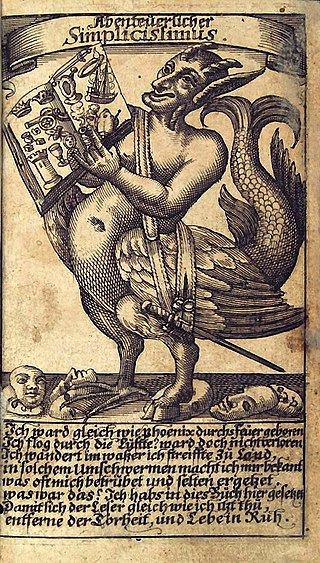
Enlightenment (17th-18th centuries)
The most important writers of the Enlightenment are Christian Felix Weiße, Christoph Martin Wieland, Gotthold Ephraim Lessing, and Johann Gottfried Herder.
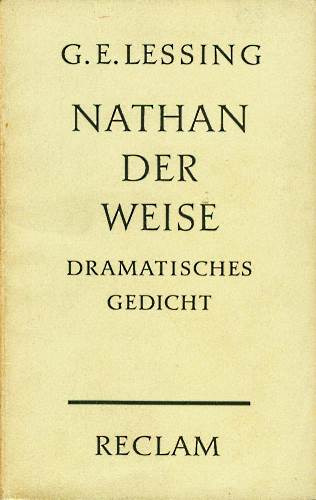
The Age of Reason saw the emergence of two literary movements: Empfindsamkeit (sentimental style) and Sturm und Drang (storm and stress). The first one intended to express true and natural feelings and featured sudden mood changes. The latter movement was characterized by individual subjectivity and extremes of emotion in response to the rationalism imposed by the Enlightenment.
Weimar Classicism (18th-19th centuries)
The main drivers behind Weimar Classicism, which synthesized ideas from Classicism, the Enlightenment, and Romanticism, were Johann Christoph Friedrich von Schiller, and Johann Wolfgang von Goethe.
During this period, Schiller published Die Bürgschaft (The Pledge), a ballad based on the legend of Damon and Pythias found in the Latin Fabulae, and Don Karlos (Don Carlos), a historical tragedy about Carlos, Prince of Asturias, while Goethe wrote Egmont, a play heavily influenced by Shakespearean tragedy, and Faust, a tragic play in which the main character sells his soul to the devil that is considered the greatest work of German literature.
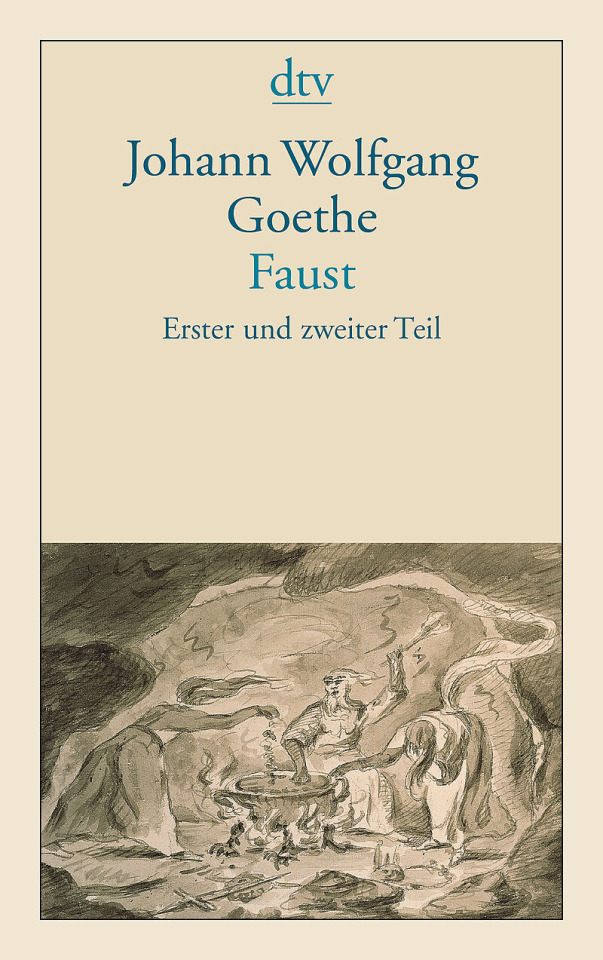
Romanticism (18th-19th centuries)
Important Romantic writers include E. T. A. Hoffmann, author of Der Sandmann (The Sandman), a short story based on the mythical character of said name that puts people to sleep by sprinkling sand on their eyes; Heinrich von Kleist, who wrote Das Kätchen von Heilbronn (The Little Catherine of Heilbronn), a drama set in Swabia in the Middle Ages; Joseph Freiherr von Eichendorff, author of Das Marmorbild (The Marble Statue), a novella about a man who struggles to choose between piety and a world of art, and Novalis, author of Hymnen an die Nacht (Hymns to the Night), a collection of six poems.

Folk tales collected by the Brothers Grimm became very popular during the Romantic period, as they represented a pure form of national literature and culture.
Biedermeier and Young Germany (19th century)
The Biedermeier period contrasts with the Romantic era and is best exemplified by poets Adelbert von Chamisso, Annette von Droste-Hülshoff, and Wilhelm Müller.
Young Germany was a youth movement whose main proponents were Karl Gutzkow, Ludolf Wienbarg, and Theodor Mundt.
Realism and Naturalism (19th century)
The most representatives realist authors are Gustav Freytag, Theodor Fontane, and Theodor Storm, while Gerhart Hauptmann was the most important naturalist writer.
Weimar literature (20th century)
During the Weimar Republic, writers such as Erich Maria Remarque, Heinrich Mann, and Thomas Mann presented a bleak look at the world and the failure of politics and society.

Expressionism (20th century)
As a modernist movement, Expressionism presented the world solely from a subjective perspective, distorting it for emotional effect. Famous authors include novelists Alfred Döblin and Franz Kafka, playwrights Ernst Toller and Georg Kaiser, and poets August Stramm and Else Lasker-Schüler.

Neue Sachlichkeit (20th century)
Neue Sachlichkeit (New Objectivity) arose as a reaction against expressionism and was characterized by its political perspective on reality and portrayal of dystopias in an emotionless reporting style, showing cynicism about humanity. Authors associated with this movement include Erich Kästner, Hans Fallada, and Irmgard Keun.
Nazi Germany (1933-1945)
During the Nazi regime, some authors went into exile, while others submitted to censorship. The former, who either were of Jewish ancestry or opposed the regime for political reasons, include writers Alice Rühle-Gerstel and Anna Seghers, playwright Bertolt Brecht, and poet and novelist Hermann Hesse/Emil Sinclair.
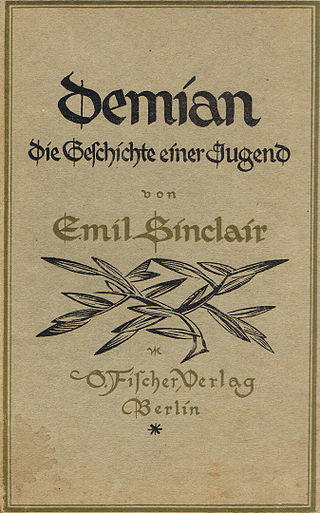
Those who stayed and engaged in inner emigration include writer Friedrich Reck-Malleczewen, poet and essayist Gottfried Benn, writer Hans Blüher, and poet and novelist Ricarda Huch.
Post-war literature (20th century)
The most famous authors in West Germany were Edgar Hilsenrath, Günter Grass, Heinrich Böll, and Group 47, a group of participants in writers’ meetings invited by Hans Werner Richter.
East German writers include Christa Wolf, Heiner Müller, Reiner Kunze, and Sarah Kirsch.
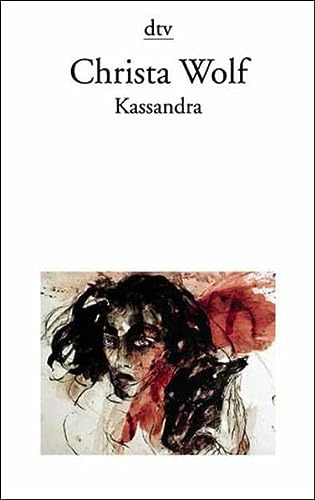
Contemporary literature (21st century)
Fantasy and science fiction authors include Andreas Eschbach, Frank Schätzing, and Wolfgang Hohlbein. Some of the most important poets are Aldona Gustas, Hans Magnus Enzensberger, and Jürgen Becker. Thriller is best represented by Ingrid Noll. Fiction novelists include Herta Müller, Siegfried Lenz, and Wilhelm Genazino.
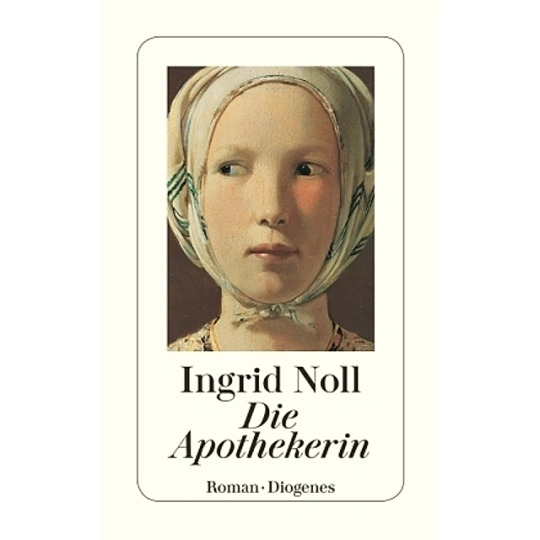
19 notes
·
View notes
